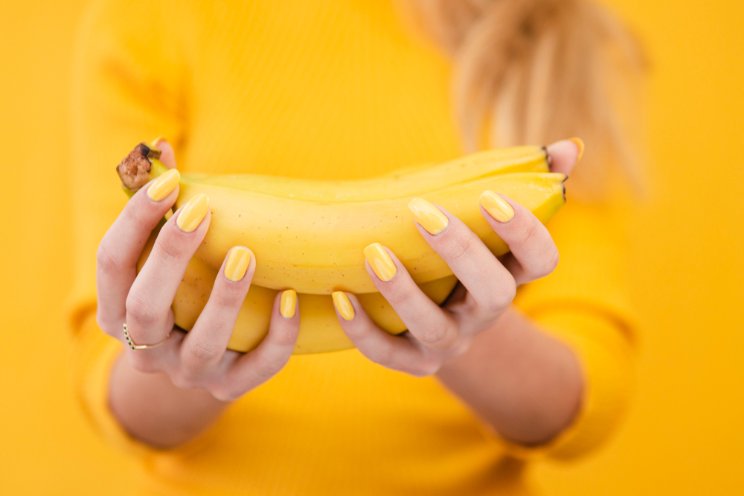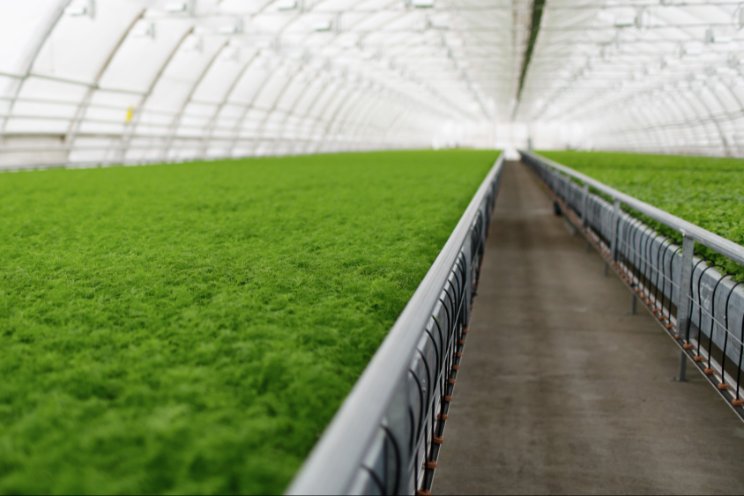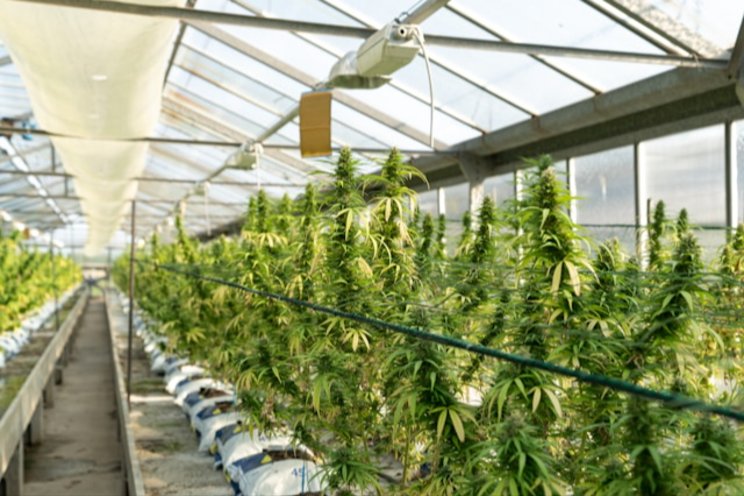Growing outside your comfort zone
Added on 23 June 2020

The term "hydroponic" actually refers to any plant culture that is grown without soil, and it involves a number of variations on the same theme. Hydroponic growing systems can include: substrate culture where the roots are allowed to grow in an inert or semi-inert media; solution culture where the roots are immersed in ponds of nutrient solution; NFT culture (nutrient film technique) where the roots are contained such that a thin film of nutrient solution constantly runs by the roots; and aeroponics where the root systems are suspended within an enclosed area and are misted with nutrient solution.
What are common hydroponic growing media?
Hydroponic substrates include: coir, rockwool, oasis cubes, perlite, peat-based mixes, and many others. It is the peat-based mixes that growers tend not to classify as "hydroponic" as it can be manipulated when it is manufactured to have an EC charge and a specific PH. Traditional thinking towards hydroponics is that the media has no measureable EC with a specific PH; rockwool for example normally has a PH of 8 (caused by lime forming on the fibers during manufacture), and no EC value. Growers are often referring to traditional substrates as "unforgiving" and having "no buffer" when it comes to giving the plant nutrients.

So why grow hydroponically?
One advantage is the efficient and productive aspect of hydroponics; growing hydroponically requires less labour as systems can be almost totally automated at various stages of plant growth. Growing in soil contrarily demands more attention to issues that cannot be automated; weeding and tilling for example. Soil borne diseases and parasites are also diminished when growing hydroponically, while precautions of such issues should always be taken, a fresh growing media per crop will greatly limit such outbreaks.
Another advantage to growing hydroponically is that plants grow substantially quicker than those grown in soil; studies have indicated up to twice as fast with the yield being considerably larger as well.
A further advantage to growing hydroponically is the conservation of water. Depending on the method of irrigation, up to 70% of the delivered water and nutrients to the crop can be recycled and reused. With the environmental concerns prevalent in society today, keeping water consumption to a minimum is a bonus.

Are there disadvantages to growing hydroponically?
No growing method is without its imperfections. The issues that can arise when growing hydroponically can be due to the inconsistency of the manufacture of the growing media. One needs to be selective in purchasing the growing media; cocoa coir for instance if bought from the wrong supplier can be full of sea salt, days of leaching will not bring the EC down enough to root seedlings in. (I know this from experience)
Rockwool is one of the most common hydroponic growing media but it also has its drawbacks; as mentioned it can have a high PH which needs to be brought down before sticking cuttings and it is not environmentally friendly. Rockwool is hard to dispose of and will last indefinitely if it is buried; the fibers and dust from rockwool are also a health risk when ingested.
A crop grown hydroponically can lead to frustration if all aspects are not fully understood and considered. Most hydroponic media is without buffer; that is what you give the plant is what it takes in. The water and nutrients are brought straight to the roots, if you are giving the plant the wrong nutrients or at the wrong consistencies, the plant takes this up instantly. Simply put: in soil the buffering capacity is the ability to resist change; hydroponic media does not have this capacity. This is why it is so important that an irrigation system is dependable and well controlled. Nutrients have to be delivered to the plant with a specific EC and PH with little room for variance. Water needs to be provided on a tight schedule to avoid crop stress from not enough or too much watering.
At GGS we use our experience to integrate both irrigation and control systems to accommodate even the most sensitive hydroponic crop. Our experience both in providing turnkey solutions as well as many years of growing gives us the advantage we need in providing the grower with the tools vital for a successful grow. We adapt and modify each system to ensure that the grower has the utmost confidence when growing any crop. Whether it's lettuce in a pool system or rooted cuttings in rockwool cubes, GGS can provide the equipment necessary in growing a quality crop.
Source and Photo Courtesy of GGS-Greenhouse
Source: GGS-Greenhouse
More news















